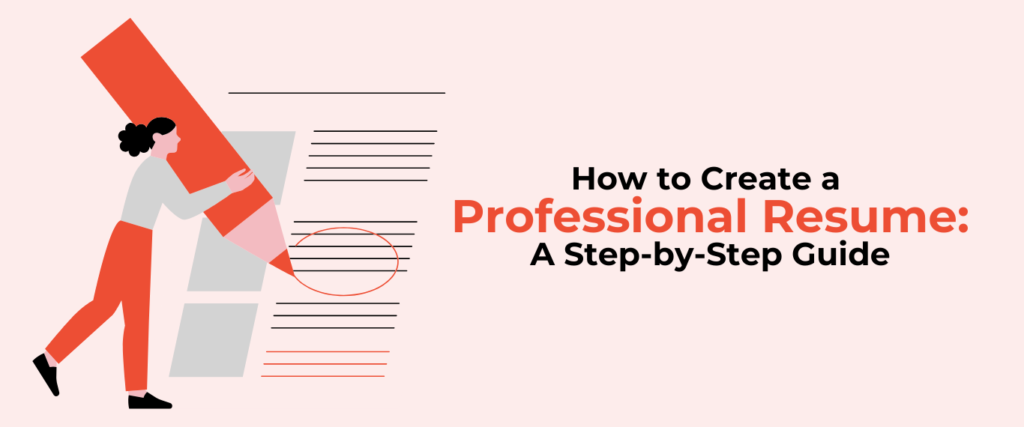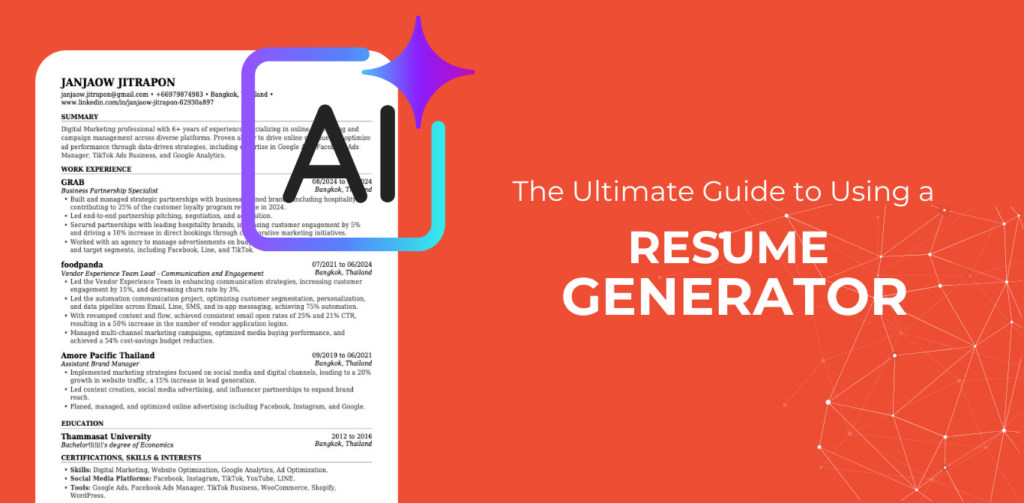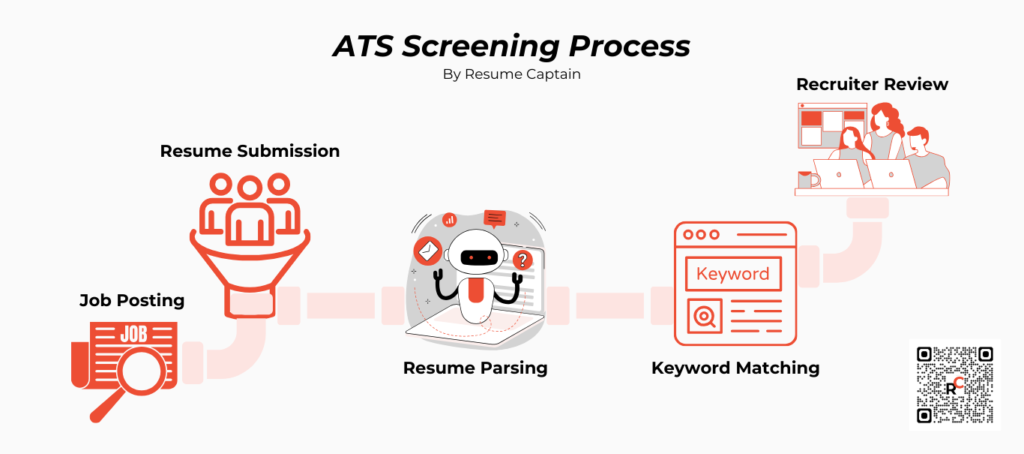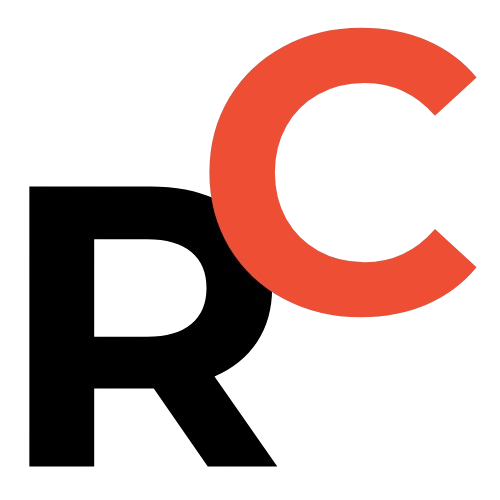How to Optimize Resume for ATS Screening in 2025
Most companies now use applicant tracking systems (ATS) to filter resumes before they reach a recruiter’s eyes. The resume creation process has evolved dramatically. A 2025 resume demands more than just experience listings – it requires the perfect combination of digital optimization and personal branding. Your professional story now spans across LinkedIn profiles, personal websites, and ATS-friendly formats that are the foundations of modern job applications. The job market has undergone a transformation toward measurable achievements like “increased sales by 30%.” Clean, minimalist designs now serve both automated systems and human reviewers effectively. Technical skills have become crucial, while employers seek candidates who align with their company culture. This piece will show you how to build a resume that clears ATS screening and grabs hiring managers’ attention in 2025. You’ll learn to make your application stand out in today’s competitive job market. Understanding ATS and Resume Screening in 2025 AI has transformed modern recruitment, and it now plays a central role in resume screening. Fortune 500 companies and many other organizations depend on Applicant Tracking Systems (ATS) to streamline their hiring processes. How modern ATS systems evaluate resumes Advanced AI algorithms power the latest ATS systems to analyze resumes through multiple layers. The system parses your resume and extracts key information like contact details, work experience, education, and skills. The system then reviews this data against specific job requirements. Modern ATS platforms now go beyond simple keyword matching with semantic search capabilities. These systems understand the context of your skills and experience. They also perform skill gap analysis to find potential matches for future opportunities. About 79% of organizations have integrated AI directly into their ATS. This integration allows the software to: Parse and categorize resume content automatically Match candidates with job requirements using contextual understanding Review career progression patterns Identify potential red flags in work history Research shows that 75% of job applications never make it to human reviewers. This makes optimizing your resume for ATS screening vital. Key factors that get resumes rejected automatically You need to understand what triggers automatic rejections to create a better resume. Recent analyzes show several factors that lead to ATS rejection: Poor formatting remains a big problem. ATS systems don’t deal very well with complex layouts, especially those with tables, graphics, or unusual fonts. Many systems also miss information in headers or footers because they can’t read these sections properly. 70% of resumes that don’t match the ATS’s criteria get removed from the database right away. Automatic rejection happens because of: Missing job-specific keywords Incompatible file formats Non-standard section headings Complex formatting elements 88% of employers believe they miss qualified candidates just because these applicants don’t submit ATS-friendly resumes. This shows why proper resume optimization matters so much. Keyword relevance and placement make a difference too. You should avoid keyword stuffing, but strategic placement throughout your resume remains important. The ATS looks at both frequency and context of keywords to determine if you fit the position. Your choice of file format matters. PDFs are popular, but not all ATS platforms handle them well. A .docx format will give better compatibility unless specifically asked otherwise. Section headings need special attention. Creative headings like “My Professional Experience” instead of “Work Experience” can confuse the system. This leads to wrong categorization or missed information. Studies show that 77% of hiring managers reject resumes with grammar or spelling errors immediately. Modern ATS systems flag these issues during the first screening. The future of ATS systems focuses on reducing bias. By 2025, many systems will use AI tools to anonymize resumes during initial screening. This helps create a more diverse candidate pipeline. Job seekers who understand these evaluation criteria and rejection factors can create resumes that work for both automated and human reviews. ATS technology keeps evolving, so staying updated about these requirements helps ensure success in your job search. Crafting a Powerful Resume Structure The right resume format sets the foundation of an effective job search. Your professional background should guide your choice as we head into 2025. This knowledge is more important than ever to land your dream job. Choosing the right resume format for your career stage Three primary resume formats lead the current job market, each suited to different career stages and goals. The chronological format works best for professionals with steady work history that shows career growth. The functional format helps people moving into new fields by highlighting transferable skills instead of timelines. The combination format gives a balanced way to show both skills and experience. This approach works great for professionals who want higher-level positions where expertise and work history matter equally. The functional format helps new graduates and entry-level candidates succeed. Professionals with more than five years of experience get better results with the chronological format. Essential sections every 2025 resume must include A compelling resume in 2025 needs specific sections. These core elements are the foundations of a well-laid-out resume: Contact Information Professional Summary/Objective Work Experience Education Skills Your professional level and target role might need these optional sections: Projects Languages Volunteering Experience Extracurricular Activities Each work experience entry should include: Job title and position Company name (describe briefly if not well-known) Location Employment dates Achievements rather than responsibilities Optimal resume length for different industries Research gives clear guidelines about resume length for different situations. Most professionals need a single-page resume. Several factors determine the right length: Mid-level professionals with 8-15 years of experience can use two pages effectively. The largest longitudinal study of 6,000 job applications in 66 industries found resumes between 475 and 600 words work best. Different industries have their own standards. Banking, finance, and consulting want single-page resumes unless you have more than 10-15 years of experience. Medical and academic fields accept longer formats. Your resume structure should follow these formatting rules: Use 11 or 12-point font size throughout Pick professional fonts like Ubuntu, Roboto, or Overpass Keep standard section headings Use bullet points wisely Make formatting consistent A PDF version of your resume keeps formatting intact across devices. This step ensures your layout stays the same during the application process. Resume length expectations change







